Intro to High Quality Video
If there’s one thing that all video production companies have in common, it’s that they ALL claim that they offer the best/highest quality in video production. Now, it doesn’t take a genius to come to the conclusion that it’s not possible for them all to offer the “highest” quality. Whether it’s true or not, it has to be confusing to determine who is really offering the best, and who is just using buzz words.
Before I move on, about half-way through writing this, I’ve decided it needs to be broken up into two articles that will be easier to digest.
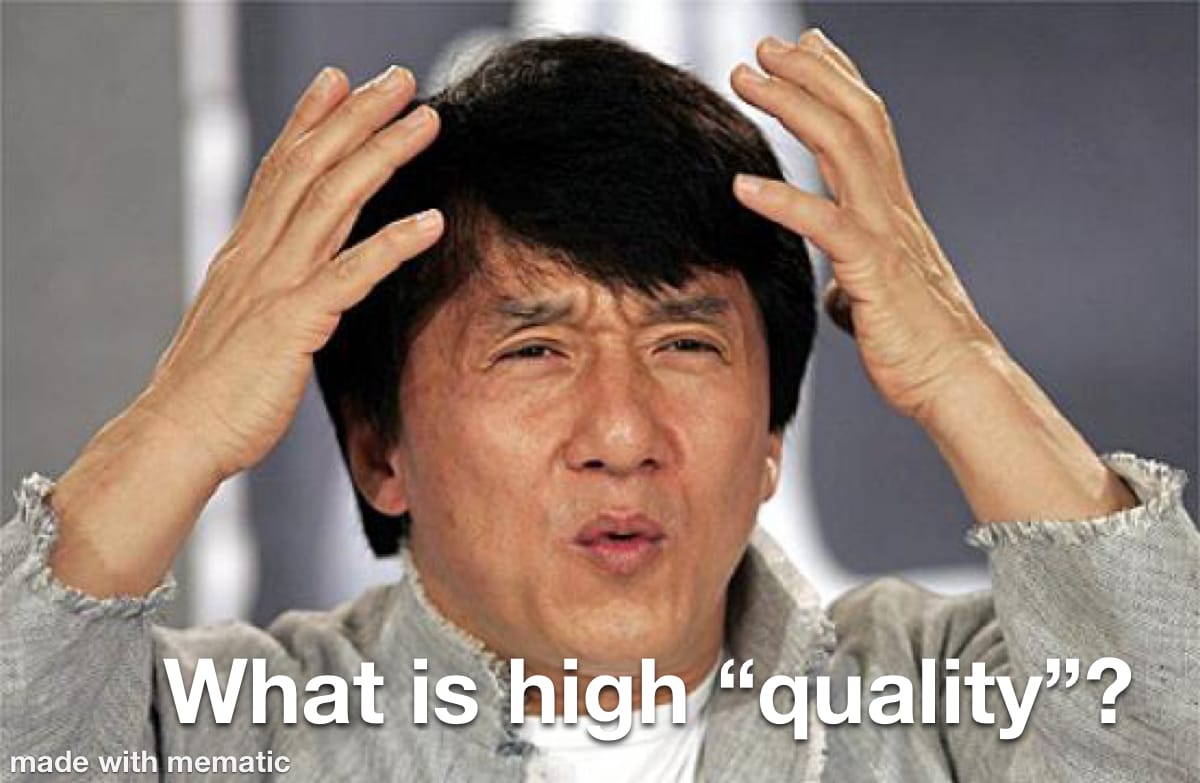
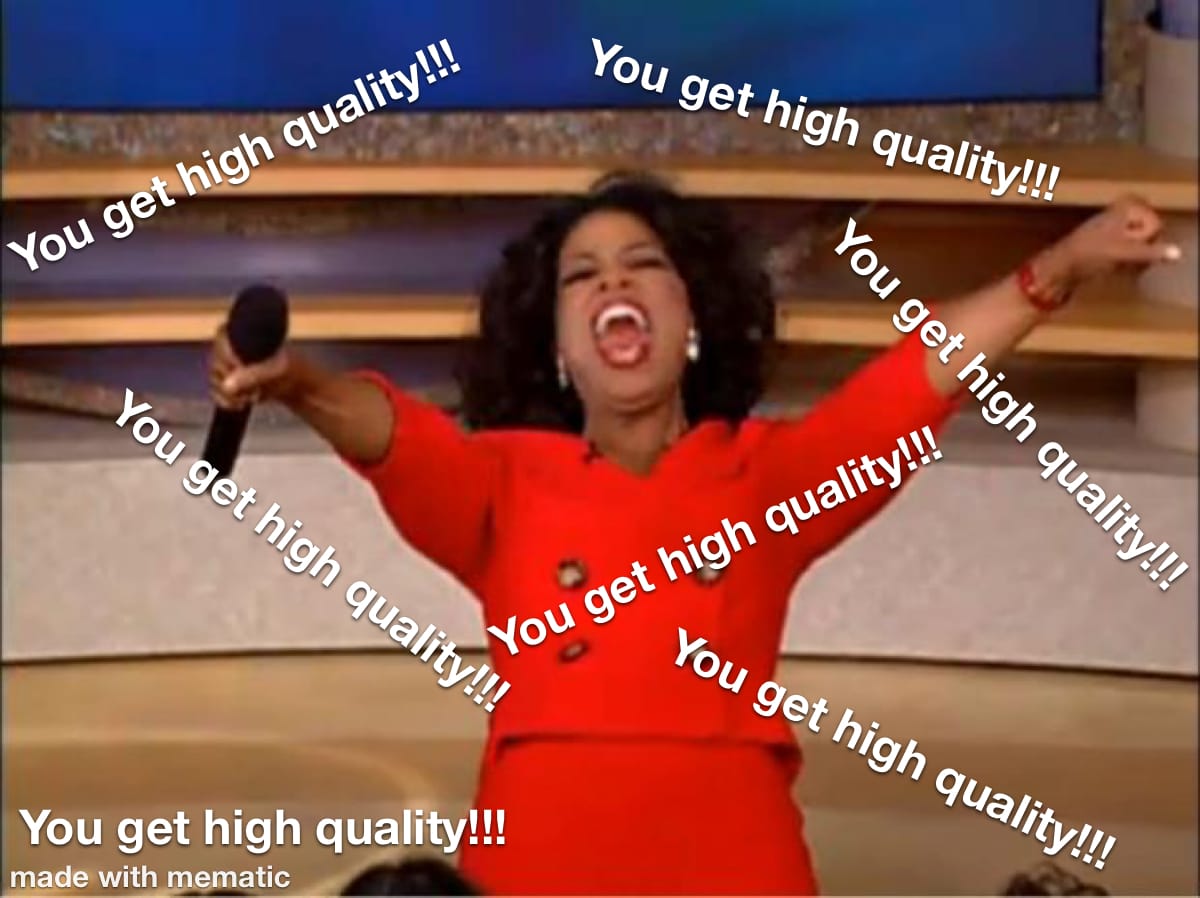
Fact or Fantasy?
What is “high quality?”
The term “high quality” is very subjective. If it wasn’t, everyone would be able to universally agree on one car manufacturer as the best. Knowing that, I’m going to do my best to define what “high quality” is to Hamil Bros Studios and what we feel are arbitrary clichés that are used to present quality.
Fantasy
Let’s first take a look at some of the things you will read about or be sold on that, for you, won’t make a difference.
*disclaimer: some of what I am about to tell you does make a difference at a certain level of production, but, to you, the consumer, it’s not likely that you will be able to tell the difference.
*disclaimer II: I have been guilty of most, if not all, of these things.
1. Camera
I can’t tell you how many times I see production companies touting their camera package as a selling point. In our region, I have seen at least 3 different companies using the same stock photo of a RED camera to claim they have the best. The truth is, everyone has their favorite flavor of camera, but, the only real difference is going to be the operator.
I like to look at our friend, William Hellmuth. He can, and does, work with a wide variety of cameras, from some of the most expensive and sought-after cameras to entry-level cinema cameras. He consistently secures a fantastic image. You don’t need a mathematician to find the common denominator.
There is a degree to which one camera is arguably better than another, but that doesn’t guarantee success.
The movie Act of Valor was shot primarily on a camera that was a still-photography camera that had been hacked and adapted. Similarly, in the right hands, an iPhone can get a better image than a camera that costs tens of thousands of dollars (one of our first Super Bowl ads in Midland, TX, had iPhone footage in it. Watch it and tell me if you can spot the phone footage).
Two different companies using the exact same photo of a camera
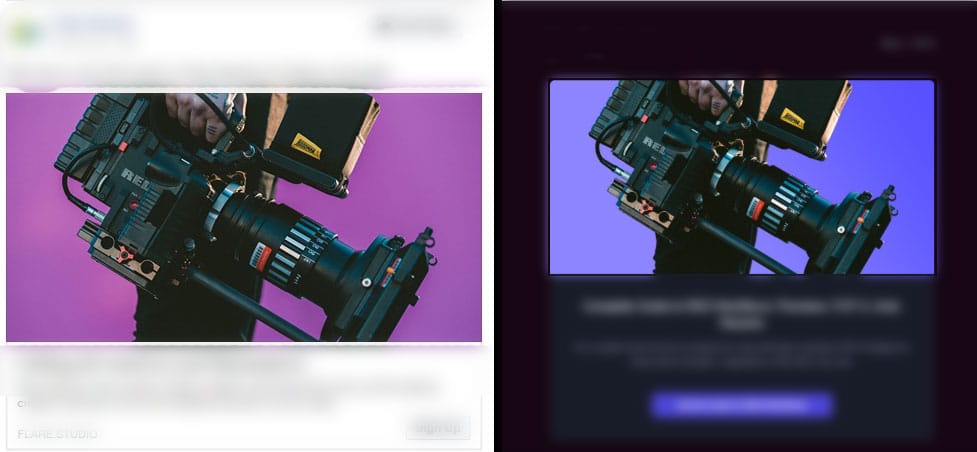
Can you figure out which shot was done on a iPhone?
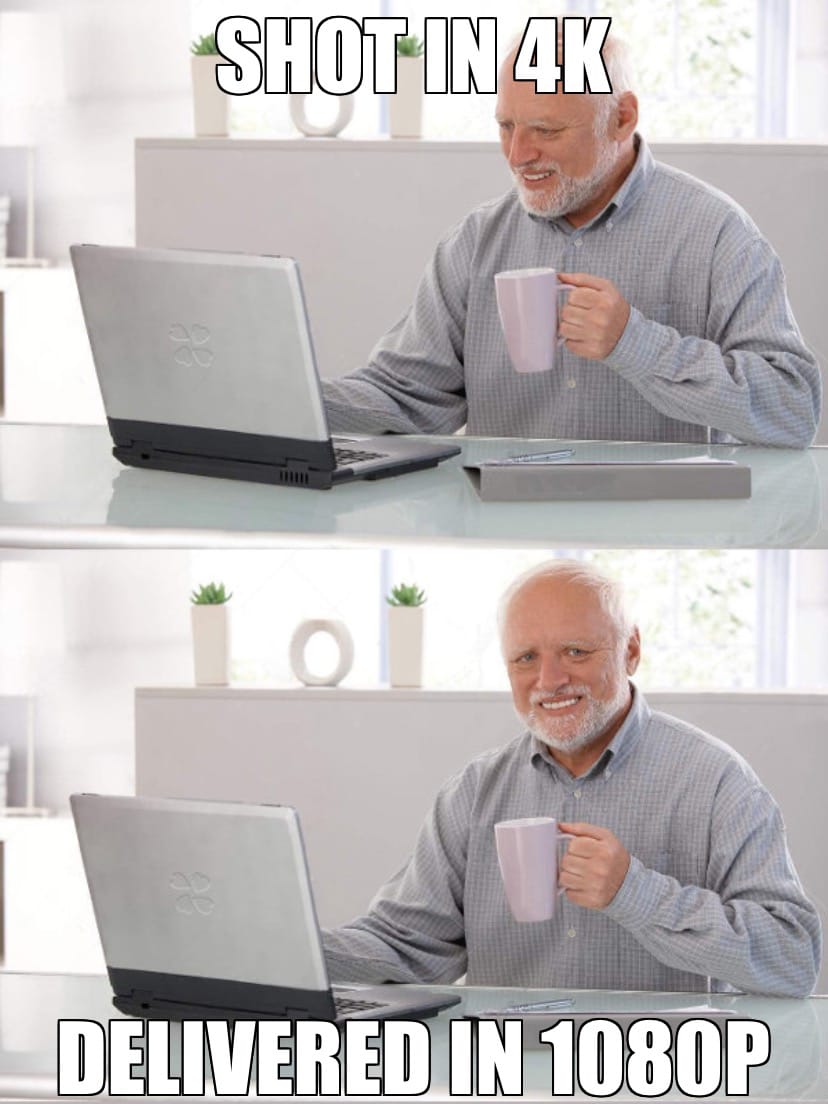
2. 4K
This one has been a pet peeve of mine for several years, and this can spark quite the argument, but I will say it… 4K (and larger) is nothing more than a bigger-is-better marketing gimmick (to a degree). Now, if your film is going to a theatrical release, 4K can make a difference, but the truth is that a 1080p camera is more than sufficient in almost all cases.
I know, I know… EVERYTHING is 4K now! Right? But, there is imperical evidence that will show you that 4K is completely unnecessary in most cases.
For your reading pleasure, I provide you with two articles on this
Article 1: Why 4K TVs are stupid featured on CNET by Geoffrey Morrison
Article 2: 4K in the Home by Stu Maschwitz (more on him later)
They make a good case for when 4K is best, but, for most people, it’s completely unnecessary.
Now, before you get your torches and pitchforks ready to come after me for being a hypocrite, I will freely admit that Hamil Bros Studios owns multiple cameras that are 4K and higher (we’re looking at getting into a 12K camera in the near future), however, 4K isn’t one of our selling points. I will take advantage of a 4K (or larger) image when it comes to editing and CGI, but we almost always deliver in 1080p.
3. Editing software
Another pet peeve of mine is production companies bragging that they use “the same software that’s used in Hollywood.” So what? The basic function of all editing software is the same, they just have different ways of getting to the same destination. Going back to my car analogy above, editing software is the same; just like all (consumer) vehicles have steering wheels, tires, blinkers, and brake lights, all editing software has the same basic tools to get the same job done.
And here’s another secret they won’t tell you, the real professionals in “Hollywood” are using a myriad of tools because they know that each program has something to offer that the others don’t and they will use them all to their advantage.


Photo by Austrian National Library on Unsplash
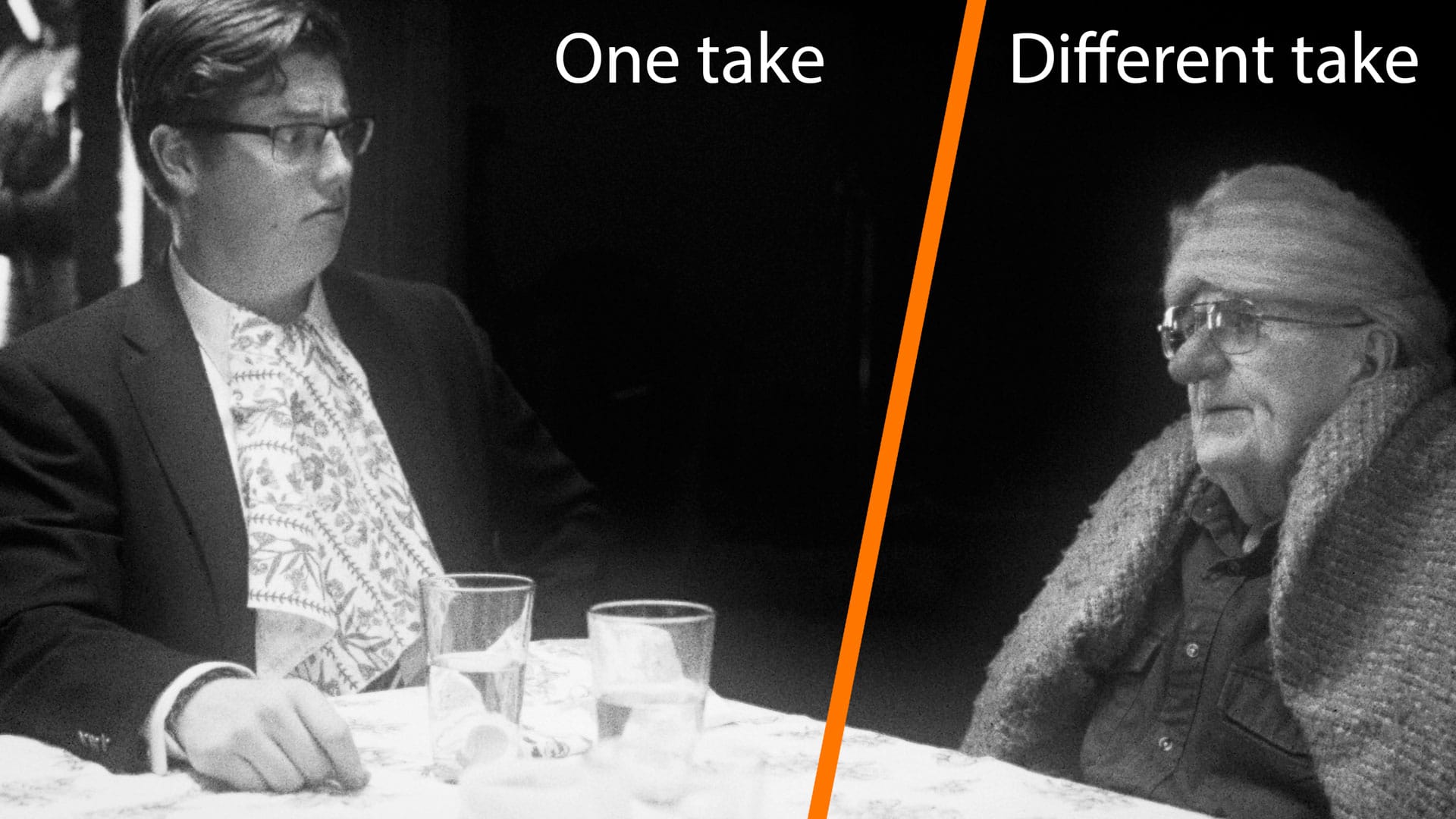
Split screen editing technique employed on The Curse of the Were-Pa
4. Editing technique
This one always makes me laugh. In the not-so-distant past, I saw a production company bragging about a video they shot and claimed that their videos were good without “fancy editing.”
My first question was, “what in the heck is ‘fancy editing?’” That statement was so vague that they just sounded like “we don’t need to cheat to make a good video.” However, my response is that all video editing is cheating. It is, by its nature, manipulative (and, having seen their videos, they may want to consider cheating or attempt some fancy editing, but I digress).
I did come up with some ideas on what I think constitutes “fancy editing.” David Fincher is notorious for employing these techniques in his films and shows.
One of them is a split-screen approach. I’m not talking about a shot with two actors in different locations talking on the phone with a noticeable line down the screen while they talk. What I’m talking about is much sneakier.
I have used split-screen editing before. On our short film, The Curse of the Were-Pa, one of our opening shots showed our grandfather (as Betty Crocker) dropping his false teeth into someone else’s water glass at a dinner table. Our main character was sitting next to him and there was a great take of the teeth drop and a great take of our character reacting, but they were two different takes. So, what I ended up doing was taking both takes and splitting them where the two takes lined up and the transition between the two was seamless.
That is what I would call fancy editing and that is not a bad thing at all.

Split screen editing technique employed on Forever music video by Kristal Wight
5. Camera angles
I can’t tell you how many times, when we’re working with a new client, we get asked to shoot “cool angles” or “cinematic angles.”
What does that even mean? My best guess is that it’s an attempt to describe the difference between a good video and a bad video. However, there are so many things that go into differentiating the two that angles can hardly be addressed as one of the bigger factors.
However, if you’re looking into a production company, and “cinematic angles” is one of their benefits, you will likely be disappointed to find out that you were duped into buying into nothing more than buzzwords.
Granted, there are ways of shooting that are more pleasing to the eye than others, but no angle is more “cinematic” than another.
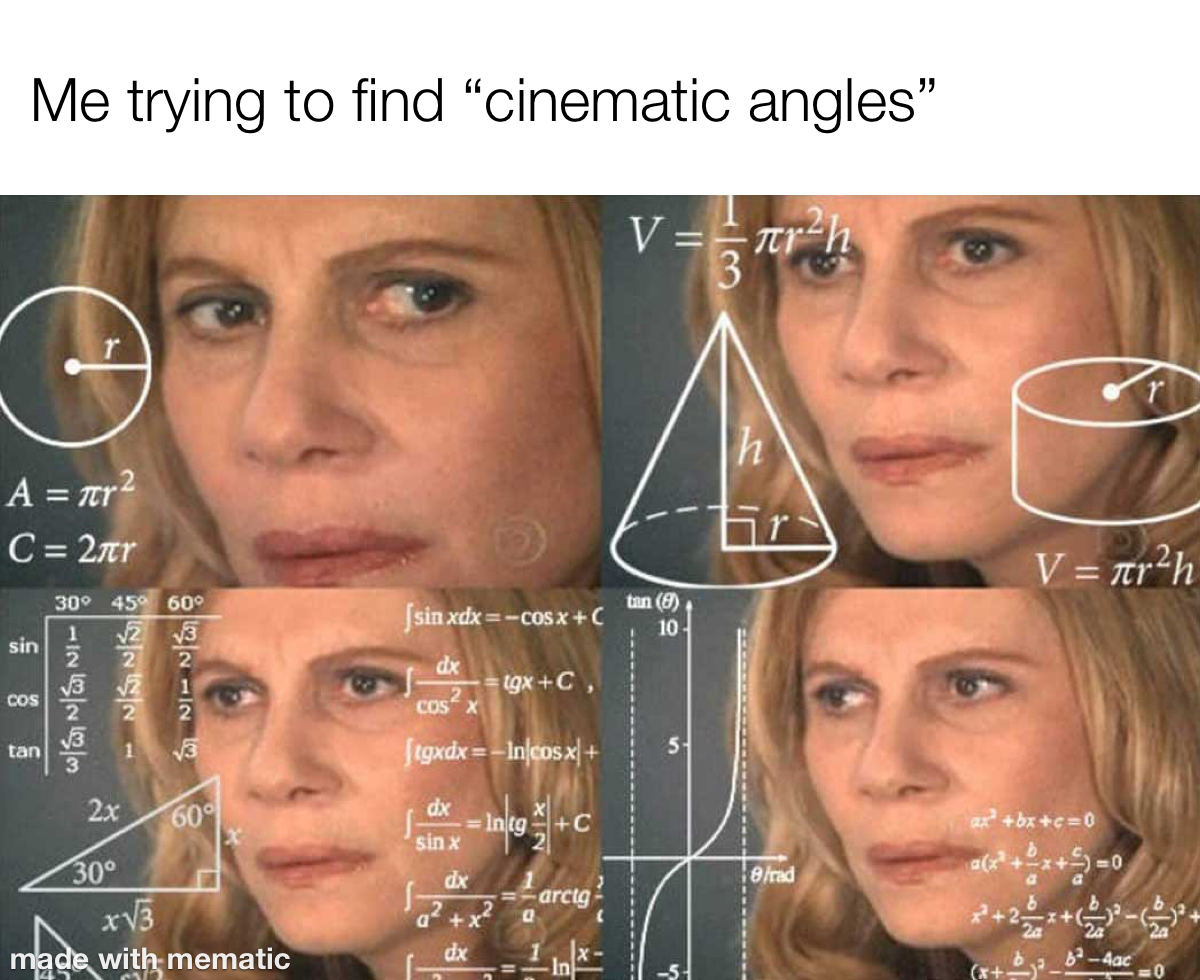
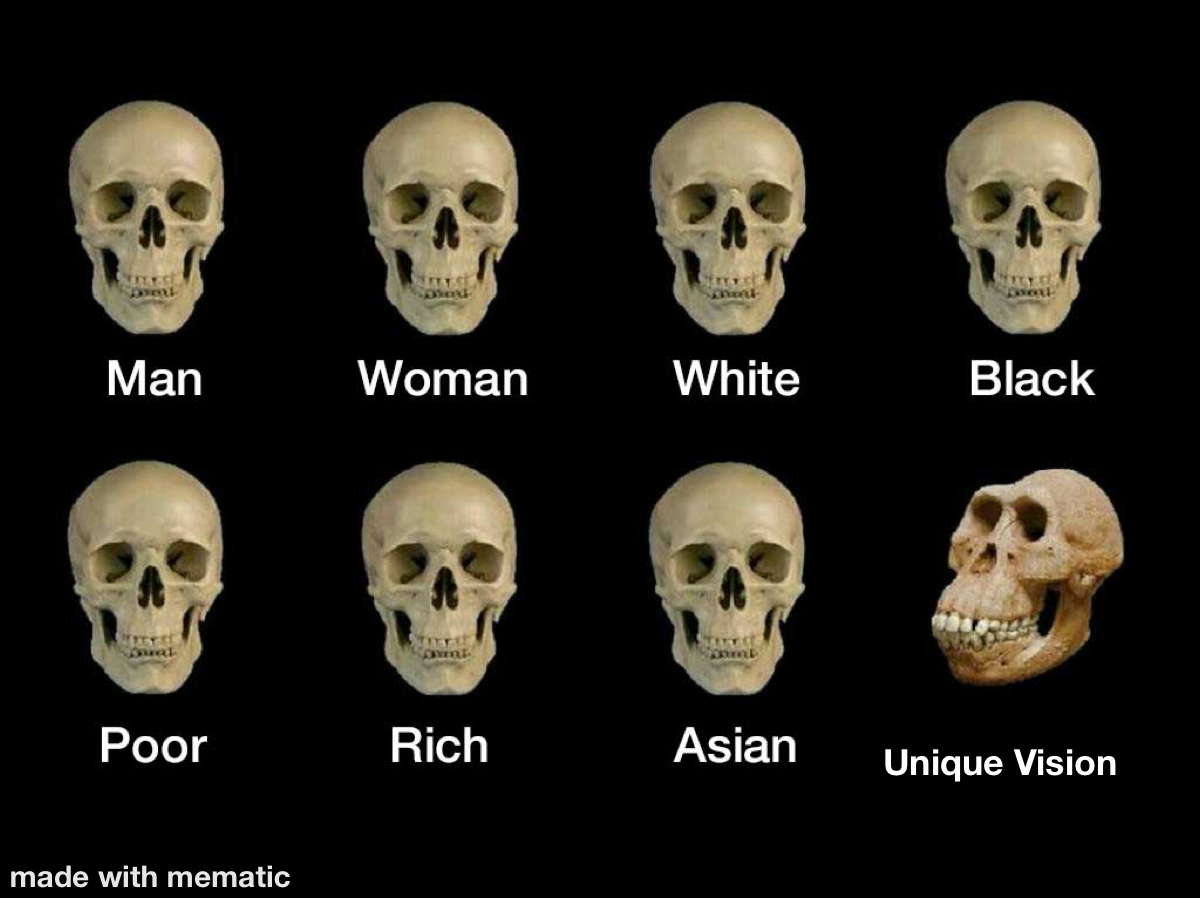
6. Unique Vision
This one really shouldn’t have to be addressed, but here we are. Since, as human beings, we are all unique, everyone’s vision is unique. Some are uniquely great. Some are uniquely terrible.
7. The “we can do it all under one roof” myth (aka: the One-Size-Fits-All approach)
This one is going to sting a little bit. Many smaller production companies want to do everything in-house. Heck, we’ve attempted that. 11 years in business has taught me a few things though. One is that you can’t do everything in-house and you must learn where you thrive and where you just get by. There are a handful of things that we subcontract out because we just don’t do them in-house (and, truth be told, we don’t want to). One of the biggest examples of this in recent years has been aerial photography. Anyone can buy a drone and shoot video with it, but not everyone is good at it.
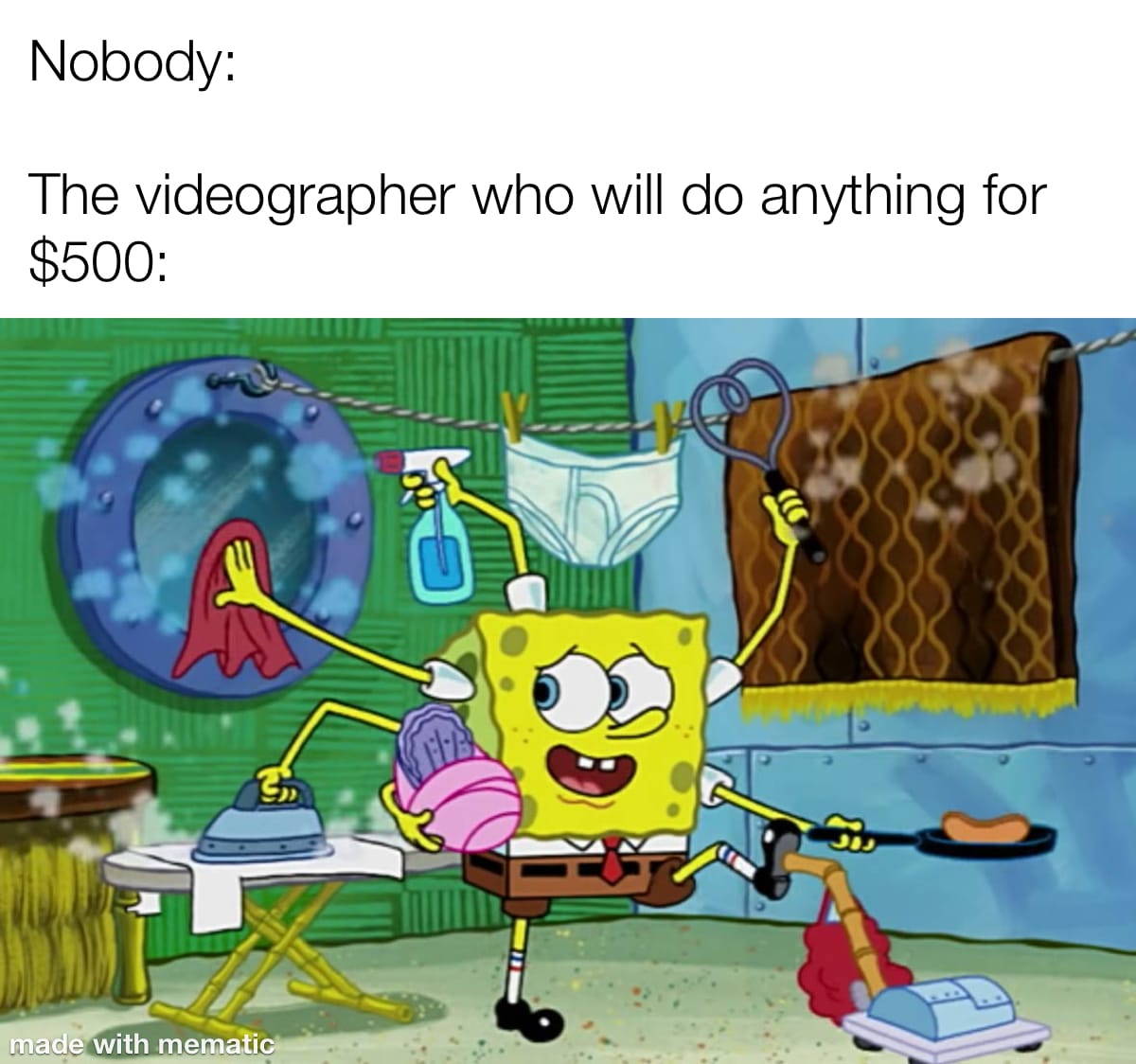
Now that we’ve wrapped up what we consider to be some of the most overused selling points for production companies that really aren’t selling anything, just painting an illusion, let’s look at some things that legitimately distinguish levels of quality.
Fact
This may come as a shock to you, but I can sum up the real differentiators between good quality and bad in two words: production value.
Production Value
What is production value? I’m glad you asked. I have been following Stu Maschwitz for years and have been fortunate enough to make friends with him in the last 4 years. In his book The DV Rebel’s Guide, he has several pages dedicated to the subject of production value, but I think he sums it up well by saying, “production value is one of those ‘perception is reality’ things—if the movie feels big to the audience, then it is big.”
That’s it. Production value lies in the things that make you watch your video and go “wow, I never thought my commercial/testimonial/video could look that good.”
So, how do you get production value? There are dozens, if not hundreds, of variables that go into it, but here are a few:
- Camera/lens choice
- Lighting
- Set Design
- Editing Software
- Sound
- Visual Effects
- Professional finishing
In the next article, I will be diving into what these things are and how they affect your video production along with examples of how Hamil Bros Studios employs these devices, methods, and techniques to enhance your video experience!

Recent Comments